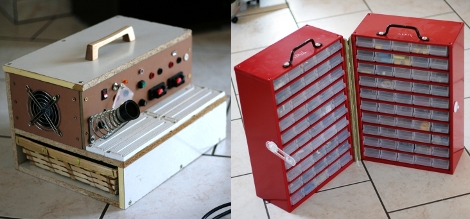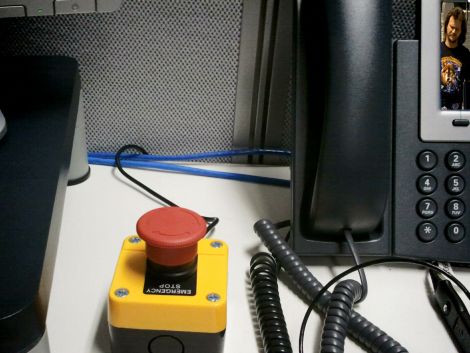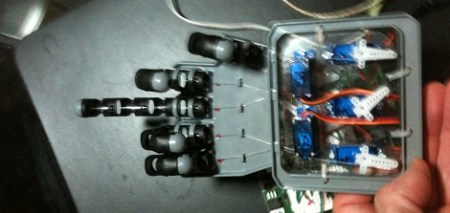
If you’re a frequent traveler, or if you don’t have a garage or basement and find your kitchen table is doomed to serve most of its life as an electronics bench this hack is for you. [Robovergne] came up with a mobile electronics lab (translated) in order to help preserve the Wife Acceptance Factor for his hobby.
The project comes in two parts. On the right you see the pair of component storage cabinets. These are high-quality examples that fully enclose each drawer (cheaper cabinets are open at the back). This way, [Robovergne] was able to connect two of them together with a piano hinge, and add some carrying handles to the top.
The second half of the project is the bench itself. It features a lab supply, soldering iron transformer and holder, and some breadboards for good measure. The base of the unit houses a drawer which carries the bulk of his tools. Now he can pack up and clear out the living room in one single trip.













